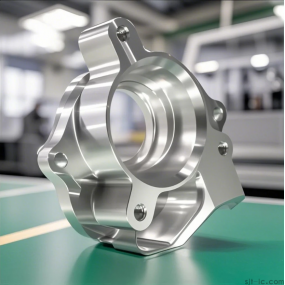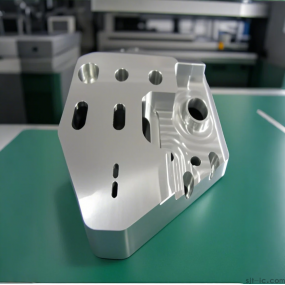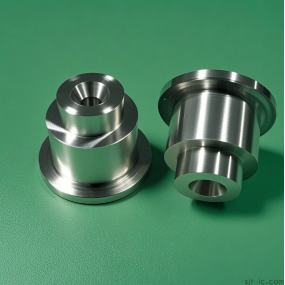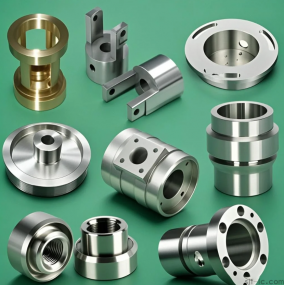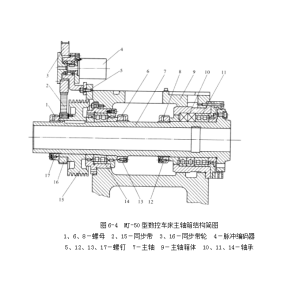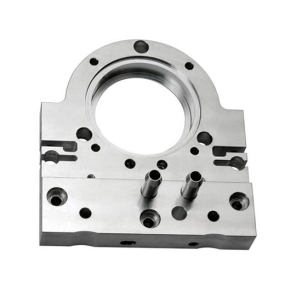1. Choosing appropriate cutting parameters: The selection of CNC Machining cutting speed, cutting depth, feed rate and other parameters will directly affect the smoothness of the machined surface. Generally speaking, increasing cutting speed, reducing cutting depth, and feed rate are beneficial for improving surface smoothness. 2. The selection of cutting tools: The material and edge radius of the cutting tools can also affect the smoothness of the machined surface. Using high-quality cutting tools, such as high-speed steel cutting tools, can effectively improve the smoothness of the machined surface. Use of coolant: Using high-quality coolant can effectively reduce the frictional heat between the workpiece and the tool during the machining process, reduce surface roughness, and improve surface smoothness. 4. Increasing the number of processing passes: By increasing the number of processing passes, that is, processing the same surface multiple times, the surface smoothness can be gradually improved. 5. Polishing treatment: After CNC machining, polishing equipment can be used to polish the surface, further improving the surface smoothness. 6. Adjustment of machine tool parameters: Ensure the stability of the spindle speed of the machine tool, avoid spindle shaking, and reduce the roughness of the machined surface.



 Spanish
Spanish Arabic
Arabic French
French Portuguese
Portuguese Belarusian
Belarusian Japanese
Japanese Russian
Russian Malay
Malay Icelandic
Icelandic Bulgarian
Bulgarian Azerbaijani
Azerbaijani Estonian
Estonian Irish
Irish Polish
Polish Persian
Persian Boolean
Boolean Danish
Danish German
German Filipino
Filipino Finnish
Finnish Korean
Korean Dutch
Dutch Galician
Galician Catalan
Catalan Czech
Czech Croatian
Croatian Latin
Latin Latvian
Latvian Romanian
Romanian Maltese
Maltese Macedonian
Macedonian Norwegian
Norwegian Swedish
Swedish Serbian
Serbian Slovak
Slovak Slovenian
Slovenian Swahili
Swahili Thai
Thai Turkish
Turkish Welsh
Welsh Urdu
Urdu Ukrainian
Ukrainian Greek
Greek Hungarian
Hungarian Italian
Italian Yiddish
Yiddish Indonesian
Indonesian Vietnamese
Vietnamese Haitian Creole
Haitian Creole Spanish Basque
Spanish Basque

